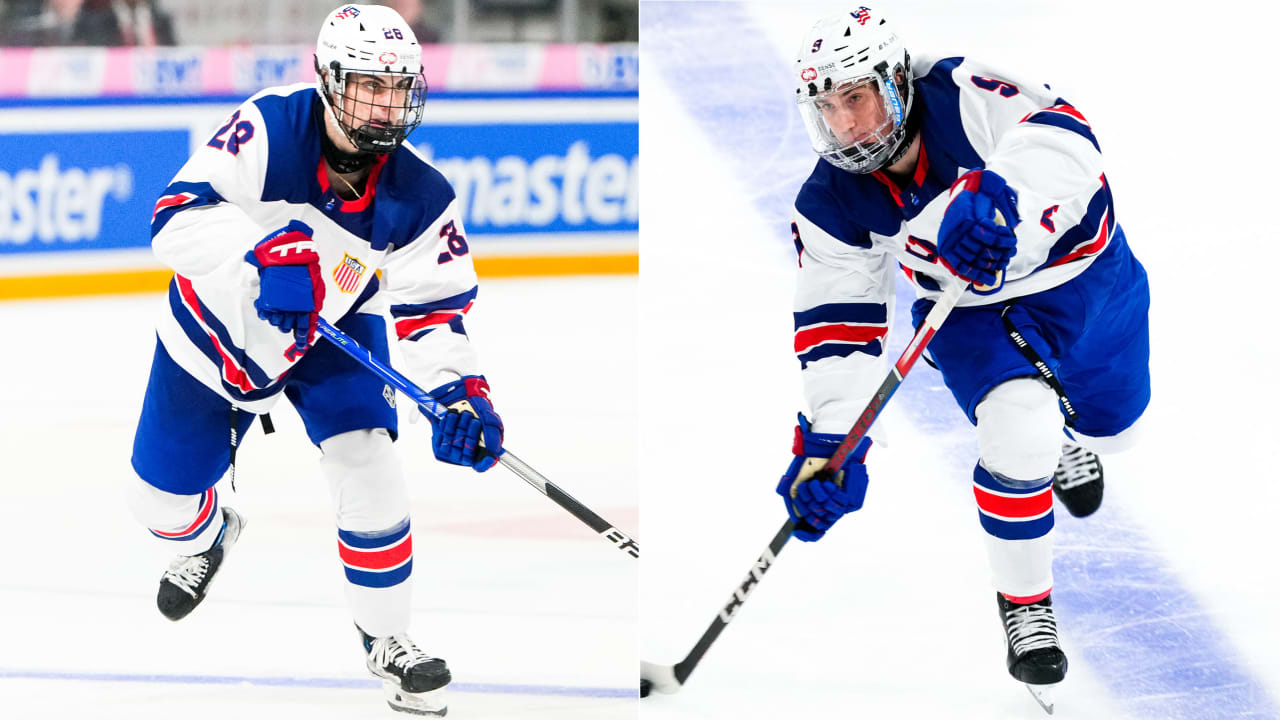Natalie Spears performs at The Arts Campus at Willits in June. Spears has released a new album, “Hymn of Wild Things.”
There’s a word that immediately comes to mind upon hearing, and in discussing, Natalie Spears’ new album.
“Legit.”
How legit? If you put “Hymn of Wild Things” in a playlist with Joni Mitchell, Norah Jones, Natalie Merchant and Grace Potter — and then hit random and listened to the music for the next several hours — at no point would you raise your eyebrow and say, “Which of these is not like the others?”
Spears’ songs would blend in with a mix of some of the greatest female vocalists like okra in a pot of gumbo.
The Carbondale resident is perhaps best known for her work with Lizzy Plotkin in the duo Pearl and Wood. They built up a solid following in the Roaring Fork Valley since forming in 2016. Their eponymous release in 2018 is a solid record.
But with “Hymn of Wild Things,” Spears has established herself as a solo artist of the highest caliber. A better female singer-songwriter in Colorado might be tough to find.
Finding her niche
Spears grew up in the Washington, D.C., area. She credits her father with instilling a love of music in her. In the fifth grade, she started playing the standup bass — “It was a chore to haul on the bus everyday,” she recalled — so she switched to saxophone, and then moved on to drums. When she reached high school, music took a backseat to sports.
“I loved music but the music that I was playing wasn’t music that was really connected to what I loved,” Spears said in a recent interview. “I would sing on my own for fun but I didn’t really know how to play the music that I really wanted to play.”
It wasn’t until Spears moved to Carbondale in 2010 that she was able to tap into playing the music she preferred.
“Carbondale has been a gateway into a life of music for me,” she said. “There’s such a demand for music here. And there’s this strong artistic community that supports people in pursuing their dreams.”
While building a house shortly after moving to the valley, Spears met a plumber named Bill House who found out she played bass. He asked her to join his band.
They played old-time music that was relatively simple and repetitive but a perfect jumping-off point for Spears.
“That was the first time I ever had really played music where I wasn’t just reading music off of a sheet of paper,” she said. “It was live and interactive. I was learning how to use my ears. It was a great introduction into playing in a band.”
House introduced Spears to the clawhammer banjo, an instrument rooted in African music.
“The tone is a beautiful union of rhythm and melody and I really fell in love with the sound,” she said. “And I started building up my courage to sing which I was pretty scared of doing up until that point.”
The banjo also became a songwriting vehicle.
“I had never played an instrument where you could strum and play chords and I remember the first song that I wrote. The banjo just fit,” she said. It felt like the banjo pulled the song out of me and I slowly started songwriting. And that’s been a really wonderful addition to my musical life and self exploration.“
Spears played her first gig live in 2012 with a band called Slide and Whistle. She joined various bands for the next few years before teaming up with cello player Ellie Barber. It was then that she met Plotkin, and Pearl and Wood was born.
But now she is diving deeper into her solo career. “Hymn of Wild Things” features nine sublime tracks that dip in and out of genres — from an instrumental, to a New Orleans juke-joint tune, to a tale of a miner who loses his home to “the company,” to a song about her father’s struggle with Alzheimer’s, to songs about nature, which is Spears’ true love.
The album plays like a collection of short stories, each one exploring a completely different world, the only common thread being the voice of the author. She has spun a beautiful musical yarn.
High-quality production
One of the most impressive things about “Hymn of Wild Things” is the production value — the mixing, engineering and subtle textures envelope the songs like musical flower petals. Many different instruments are used on the tracks: cello, trombone, trumpet, standup bass, guitars, banjo, synthesizers. All of the elements give “Wild Things” a high production value.
“My producer, Jayme Stone, did a wonderful job helping me to integrate all of the parts of myself on this record,” Spears said. “I drew upon quite a few musical styles and he helped stitch the album together in a way that feels cohesive. Jayme also made great suggestions around which musicians to bring into the recording process. He also was the recording engineer for the project and used that creative freedom to curate a sonic landscape that stretches into other worlds.”

The cover of Natalie Spears’ new album, “Hymn of Wild Things,” is pictured.
The most important instrument on the record — Spears’ voice. Her vocals are striking and as fine as you will hear today. Her range is astounding, enabling her to create many different moods.
One standout track is “One Eyed John,” which sounds like it could have been written in the 19th century and handed down through generations, only to land in Spears’ lap. The song has a haunting, almost menacing sound, yet it’s beautiful at the same time. It’s about a man named John who lives in the mountains alone and comes into town with “a metal-finding machine, searching through the empty parks for all that glitters and gleans.”
The story recalls how John’s father worked for the company store, “digging for another’s dime … the mine has blown, you’re daddy’s gone and the company took your home.”
The chorus of the song: “Some may think I’m an angel, some may think I’ve sinned, but I know it when I see, a fistful of wind.”
That line reminds of Robert Hunter’s greatest lyrics from the Grateful Dead’s “Franklin’s Tower.”
“If you plant ice, you gonna harvest wind.” Any lyricist who can leave you thinking about Robert Hunter is a master.
Spears knows a good line when she hears one. For the last song of the album, “To Know the Dark,” Spears took a Wendell Perry poem and set it to music composed by Katie Hicks.
“To go in the dark with a light is to know the light. To know the dark, go dark. Go without sight, and find that the dark, too, blooms and sings, and is traveled by dark feet and dark wings.”
The song simply repeats the verse several times, but each verse has a different texture. It starts with just a piano, and with each verse another instrument comes in; eventually there are four people harmonizing over piano and bass.
My personal favorite song on the record is “Orchard Song.” It’s right out of the Cohen Brothers’ soundtrack to the film “O Brother Where Art Thou?” That album sparked a revival in old-time music and spawned two follow-up albums, including “Down on the Mountain” and “O Sister! The Women’s Bluegrass Collection.”
“The Orchard Song” is an ethereal lullaby where the singer offers to take the listener to the land of orchards and dreams. After “riding on the wings of time,” the last line of the song is “become what you believe.”
The community rallies
As extraordinary as the lyrics, the singing and the production value, what might be most noteworthy about “Hymn of Wild Things” are the liner notes in which Spears thanks all the people who helped her to make the record.
Spears raised money through the site Indiegogo to help finance the album. There are easily over 100 names of people who donated to the effort, raising over $25,000 for the production of “Hymn of Wild Things.”
Spears thanked her donors in the liner notes by saying, “To my family, friends and community, You are the heartbeat of this record. Thank you for loving me, for encouraging me to take risks and for showing up.”
“This album is 95% community funded,” Spears said. It’s so meaningful to me. The community folk here in Carbondale are so wonderful. And I see it time and time again in my peers, when people have a dream and they want to see if they can manifest that dream, the community rallies around them. I feel so blessed to live here.”











